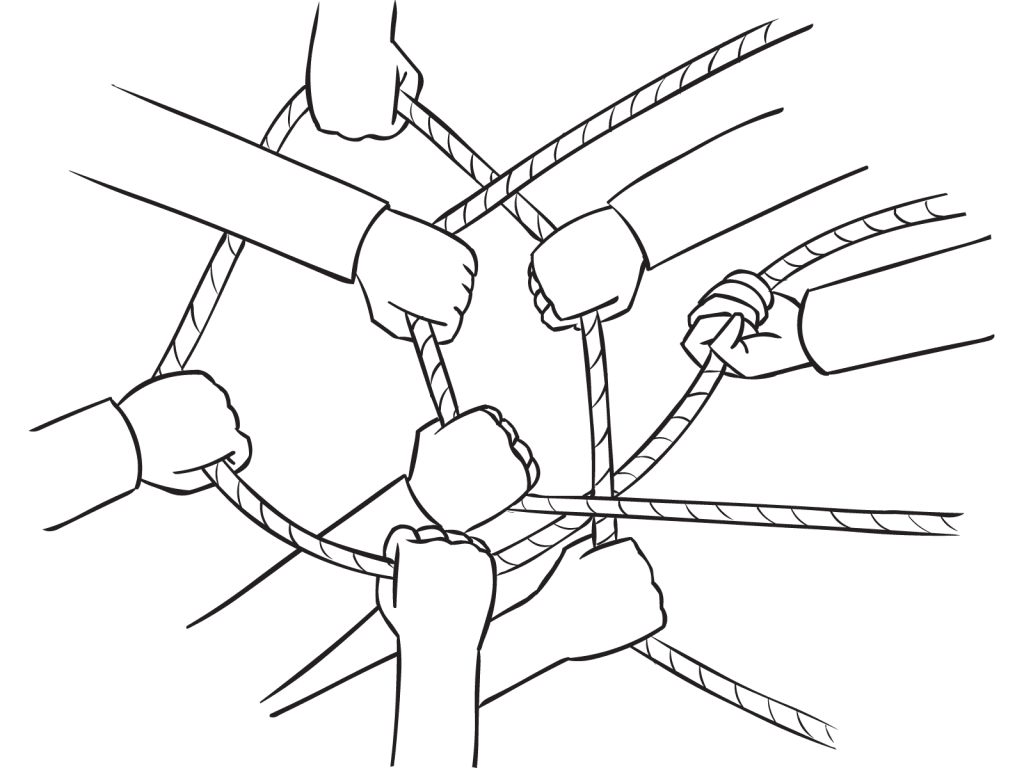Save to Playlist
Step-by-Step Instructions
Resources Premium
Video Tutorial Premium
How To Play Narrative Premium
Practical Leadership Tips Premium
Social-Emotional Learning Premium
Health & Wellness Programming Premium
Popular Variations Premium
You Might Also Like... Premium
Useful Framing Ideas Premium
Reflection Tips & Strategies Premium
Source Premium

No Props No Problem
Brand NEW book featuring 150+ outrageously fun group games & activities. Scan QR codes to connect to tons of digital content including video tutorials.
Add to Cart
NEW – No Props No Problem
The best-selling book featuring 150+ outrageously fun group games & activities. Scan QR codes to access exclusive digital content including video tutorials.

Free Ice-Breakers & Group Games
Ten of the best no-prop, interactive ‘get-to-know-you’ games & activities. 100% fun, your group will love ’em. Our most successful giveaway, 10,000+ downloads so far…
Top Ten Icebreakers & Group Games
Download our free 28-page ebook jam-packed with outrageously fun activity ideas.
Just one more question:
I am interested in…
Choose a plan that’s right for you
We offer a range of membership plans with no surprises.
Click an option below & discover our simple pricing.

Individual
Click here if you’re a:
- Teacher
- Corporate trainer
- Outdoor educator
- Camp leader
- Youth leader
- Conference organiser
- Therapist/counsellor
Membership Plans

Enterprise
Click here if you represent a:
- School
- Corporation
- Community-based Organisation
Explore plans for
10, 50, 200 or more
potential users
Membership Plans






I tried this activity and sometimes the knot doesn’t become untangled. Does this always work? Or am I doing something wrong?
That’s right Malka, on occasions, the tangle of the rope will not allow your group to fully untangle itself. You may get two circles, two intersecting circles, one or more knots in a circle, etc. As described in the Variations tab, I recommend you apply ‘Knot First Aid’ to this issue if and when it occurs.
Thaaaaanks for the comments. I wonder – how might the reflection questions evolve, based on the range of possible results? I am thinking of ‘classic’ questions like:
1. How did the result happen? what were some of the influencing factors?
2. How do we feel about the result?
3. How might the result link to what we are trying to achieve?
Annnnnd if we are on a roll with the ‘this is knot just a theme’ 🙂 using the ‘pass the knot’ as a debrief/reflection tool might be cute. (“,)
Good stuff JeWElle, and as you already noted, Pass The Knot is a great variation to use this activity to make it a fun reflection technique.
thanks . let me try today.